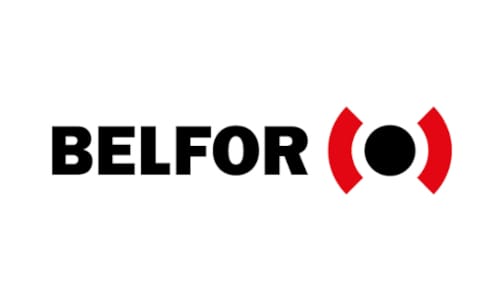Ensuring a sustainable supply chain for the insurance and restoration industry
When disaster strikes, insurance and restoration companies come together to manage claims and return the customer to normality as quickly as possible. However, managing claims volumes is a fine art, and finding the balance between unexpected surge events and business-as-usual volume can be challenging, especially when it comes to resourcing.
What kind of claims do you handle?
For over 35-years, BELFOR UK has been managing insurance claims and delivering expert restoration services. We handle fire, water, and other property damage day in day out, helping businesses and homeowners to overcome the consequences quickly, smoothly, and cost-effectively. We call this our business-as-usual work.
A surge is an unexpected event that impacts a large number of people simultaneously, resulting in a sharp increase in demand for our services. A national surge is, usually, the consequence of a weather event happening all over the country. A localised surge typically impacts lots of people in one specific area. A village fire or flooding across a town or city, for example.
Whether it’s a natural disaster, such as severe storms, or water or fire damage,
a rapid, high-level response is required, and the workforce needed to address such incidents is significant.
We need to ensure we have enough people on the ground to resolve such widespread damage.
How does a surge impact claim volumes?
Surges are not new, but the impact of climate change, and increasing instances of extreme weather events, are causing them to rise sharply.
When such an incident occurs, DR&R companies have an incredibly busy period where all need all the resources we have to manage the sheer volume of claims. We must be ready to respond, making it essential to have a workforce primed and ready to go immediately, to reduce impact.
But once the surge is behind us, the restoration industry often finds that the business-as-usual claims volumes are much lower. And this presents the industry with a problem. We then almost have too many colleagues and there simply isn’t enough work to go around.
Returning to business-as-usual after a surge
In recent years, the industry has seen a steady reduction in business-as-usual volume. Many companies in our industry are adjusting their headcount because the market for day-to-day work outside of ‘surges’ is slowing. Why? It seems that people are increasingly opting for settlements, rather than restoration and reinstatement, and many are not even making a claim due to higher excess amounts. If a policy excess is high, it can often be cheaper for the customer to fund the repairs themselves.
When disaster strikes on a local or national level, the industry then faces capacity issues and can struggle to scale up quickly enough to support.
Of course, we want to retain our talent. We invest heavily in our teams to ensure they have the right experience and tools to deliver the task at hand. In turn, this means we can deliver the highest standards of service and meet demand when needed. But how do we sustain our colleagues during slower business-as-usual times?
Finding a sustainable solution
To find a sustainable solution to this issue, we need all stakeholders from the wider industry to come together and collaborate. We need to join forces and define a new way of working that supports the entire supply chain, all year round.
If we want to retain the skills and talent that are so vital in a surge situation, we need to be able to support that resource during business-as-usual periods. From prioritising restoration by reducing the number of cash settlements to finding new business models, the industry as a whole needs to share knowledge and ideas on how we can sustain the restoration industry.
Not only will this enable us to respond to every eventuality with the right resource, but it will also ensure the best outcome for those affected by disaster, making their claims experience as seamless as possible.
